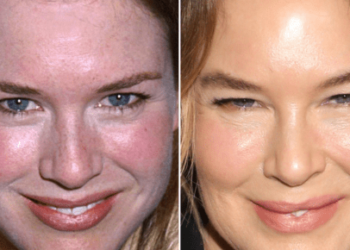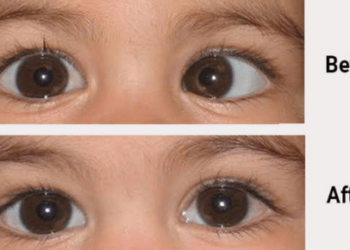1. Introduction to Diploma in Dermatology After BAMS
Explore the opportunities and benefits of pursuing a diploma in dermatology after completing BAMS.
2. Building on Your BAMS Degree
Enhance your skills and knowledge in dermatology to expand your career options and provide holistic healthcare.
3. Understanding the Curriculum
Gain insight into the curriculum, which covers topics such as dermatological conditions, diagnosis, treatment modalities, and patient care.
4. Duration and Structure
Learn about the duration and structure of the diploma program, which typically ranges from one to two years of intensive study and clinical training.
5. Eligibility Criteria
Discover the eligibility criteria for enrolling in a diploma in dermatology program, which may include a BAMS degree from a recognized institution.
6. Admission Process
Understand the admission process, including entrance exams, interviews, and application requirements.
7. Specializations and Electives
Explore specializations and elective courses offered within the program, such as cosmetic dermatology, pediatric dermatology, and dermatopathology.
8. Clinical Training and Internship
Gain hands-on experience through clinical training and internships conducted at hospitals, clinics, and dermatology centers.
9. Case Studies and Practical Learning
Engage in case studies and practical learning exercises to develop clinical skills and problem-solving abilities.
10. Research Opportunities
Discover research opportunities within the field of dermatology, allowing you to contribute to advancements in healthcare.
11. Faculty and Mentors
Benefit from experienced faculty and mentors who provide guidance, support, and expertise throughout your academic journey.
12. Continuing Education and Professional Development
Stay updated with the latest developments in dermatology through continuing education and professional development programs.
13. Certification and Licensing
Upon completion of the diploma program, obtain certification and licensing to practice as a dermatologist or dermatology specialist.
14. Career Paths
Explore diverse career paths available to graduates, including private practice, hospital employment, academic research, and pharmaceutical industry roles.
15. Job Opportunities
Discover job opportunities in dermatology clinics, hospitals, skincare centers, wellness resorts, and cosmetic clinics.
16. Entrepreneurial Ventures
Consider entrepreneurial ventures such as starting your dermatology clinic, skincare product line, or telemedicine platform.
17. Networking and Collaboration
Build professional networks and collaborate with fellow healthcare professionals, dermatologists, and industry experts.
18. Patient Care and Communication
Develop strong patient care and communication skills to provide compassionate and effective healthcare services.
19. Ethical Practices and Professionalism
Adhere to ethical practices and professionalism in all aspects of your dermatology practice, maintaining patient trust and confidence.
20. Continuing Support and Alumni Network
Benefit from continuing support and connections through alumni networks, conferences, and professional associations.
21. Personal Growth and Fulfillment
Experience personal growth and fulfillment as you make a positive impact on the lives of patients and contribute to the field of dermatology.
22. Work-Life Balance
Strive for a healthy work-life balance by prioritizing self-care, leisure activities, and time with loved ones.
23. Challenges and Rewards
Acknowledge the challenges and rewards of pursuing a career in dermatology, including long hours, complex cases, and the satisfaction of helping others.
24. Lifelong Learning and Adaptability
Embrace lifelong learning and adaptability to stay current in a rapidly evolving field and meet the needs of diverse patient populations.
25. Conclusion: Advancing Your Dermatology Career with a Diploma After BAMS
By pursuing a diploma in dermatology after BAMS, you can expand your horizons, deepen your expertise, and embark on a rewarding career journey in dermatology.











